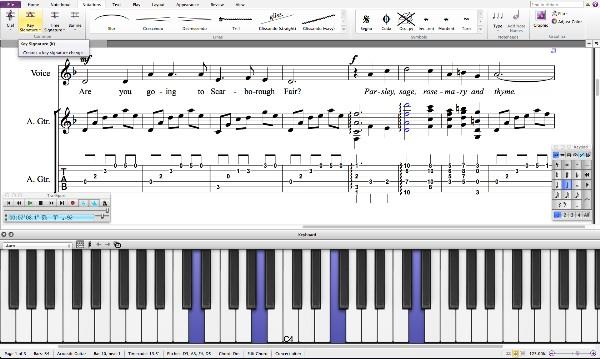


Using an experimental treatment, Professor Zuelzer injected Sibelius with the medicine Eutoton, which brought the composer close to death's door. The working mood was interrupted by an illness which the doctors diagnosed as "pulmonary pleuritis". "The symphony is advancing with rapid strides," he wrote. Sibelius was working on it in May while he was in Berlin. The eighth symphony, too, progressed in 1931. Its ascetic atmosphere and modern style of expression seemed to portend yet another change in the composer's style.

The year 1931 produced a charming piano duet, Rakkaalle Ainolle (For My Dear Aino), for his wife's 60th birthday, and the organ work Surusoitto for Akseli Gallen-Kallela's funeral. It was the only work that he completed in that year. In 1930 the only sign that Sibelius was still interested in composition was Karelia's Fate, a piece for male choir and piano. Later Sibelius became alienated from the movement, which had moved towards extremism and organised the violent abduction of prominent figures who were considered too leftist. He was interested in the ardently anti-communist Lapua Movement in its early stages, and he followed the arrival of the "Peasants' March" in Helsinki, which was a festive occasion. Sibelius was seen in public less and less. This was the last year in which he offered several new works to publishers. The suite was not published until the 1980s. He planned an opus 117 for the suite, but he finally decided to leave the work unpublished, as the first publisher he approached did not seize the opportunity. In the same year, Sibelius wrote his opus 115 for violin and piano, the five sketches of opus 114 and a light suite for violin and orchestra. Gray found it hard to adapt to the ways of Finnish hospitality, where lunches merged into dinners and dinners into lunches. He agreed to see Cecil Gray, who was later to write an influential book about his symphonies. During the year, he only completed one small choral work, The Bridge Keeper.ĭuring 1929, Sibelius turned down profitable invitations to perform. But it will turn out well," he wrote to his sister on the 7th September. "I am writing a new work, which will be sent to America. Sibelius continued to work on the eighth symphony. In a conversation with the tenor Wäinö Sola he discussed a suggestion for a symphony that would describe the famous Imatra rapids, but the promised commission never came. In the summer of 1928, in a magazine interview, Sibelius was assuming that he would continue to develop as a composer. Just imagine, Janne, who used to be so social," Aino wrote. Nowadays he is at home nearly all the time and he seldom goes to town. "It has probably done him good to go away for a while. But there is no hurry," he wrote to his wife.Īt the same time, Aino Sibelius was aware of a change in the composer's nature. It just seems to take a long time to complete. The struggle began at the beginning of February 1928, when the composer travelled to Berlin to write "new works", apparently his eighth symphony. Sibelius's struggle with the eighth symphony lasted for years and ended with the "great burning party" at Ainola, in which he destroyed advanced sketches of the work or even the complete work, no later than 1945.


 0 kommentar(er)
0 kommentar(er)
